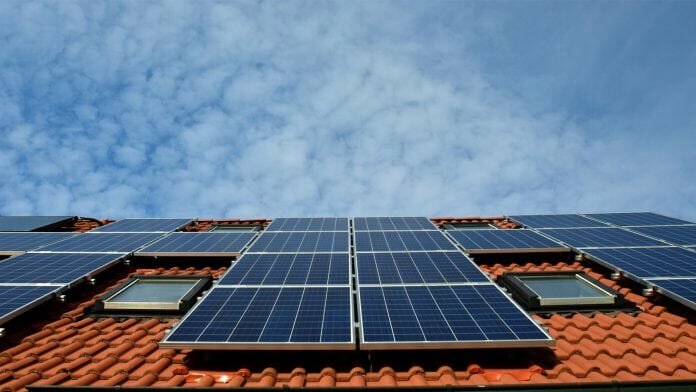
A new system which allows homeowners to connect batteries to solar panels directly, through a hybrid inverter, will be installed in 40 homes in London, UK.
The Powervault 3 system will connect a battery installed inside the house to solar panels outside. The system is then able to store the free energy gathered from solar panels during the day, so that it is ready when consumers need to use it. The ability to connect batteries to solar panels means that solar energy can continue to be used overnight, for example, and the 40 systems to be installed in the London Borough of Barnet will represent some 320kWh of energy storage capacity.
The battery is powered to GridFLEX software, which can manage the flow of electricity to and from the energy grid. In this way, customers can earn money from their electricity supply, even if they do not have solar panels installed on their house, by managing energy and supporting the electricity grid when it is under stress, either from too much demand or supply.
The battery is able to charge from the grid or discharge into the grid, which will help to balance supply and demand on the network, and customers can earn money from Powervault by participating in this aspect of the system.
How does the system work?
The Powervault 3 system’s batter uses lithium-polymer cells, which are guaranteed to operate for a minimum of ten years. However, for a more environmentally-friendly option, Powervault also offers a version of the system which makes use of recycled lithium-ion cells from electric vehicles by Renault and Nissan. This eco-friendly version is also cheaper, and contributes to the circularity of electric vehicle batteries.
The system also makes use of a hybrid inverter, which foregoes the need to install a dedicated solar inverter, and thereby saves on the installation costs of a renewable energy system. Barry Hatton, director of asset management of UK Power Networks, said that the system could also overcome the challenges of increasing capacity.
He said: “Our plans to create the capital’s first ever ‘virtual power station’ are paving the way for a smart, flexible electricity network that puts people in charge of their energy use. London is a world-leader in technology and projects like this are just the start as we move towards a decarbonised, decentralised and digitised network… It will help to keep down electricity distribution costs by providing a viable alternative to the traditional approach of simply adding more cables and substations to increase capacity.”


















